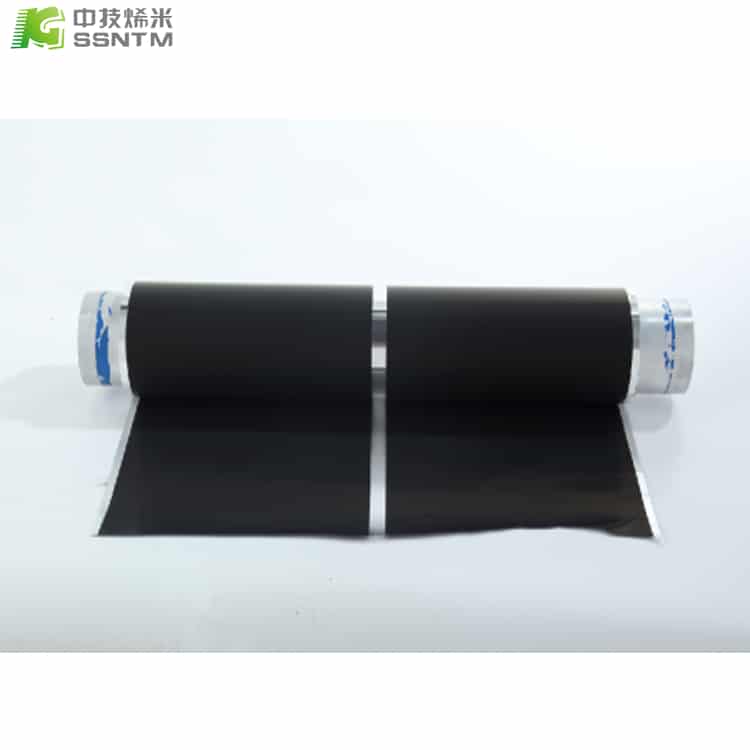Electric vehicles have long since become a mainstream mode of transportation. For short-distance travel, they have advantages such as no traffic congestion and low vehicle costs that are beyond the reach of automobiles.
Due to the huge demand in the market, major electric vehicle companies have delved into the technology in recent years. Taking one of the most important components, batteries, as an example, from the initial lead-acid batteries to the graphene and lithium batteries that gradually occupy a large share today. The types of batteries used in electric vehicles are becoming increasingly diverse, but so far lead-acid batteries have not been replaced by more powerful lithium batteries. Why is that?

From a long-term perspective, lithium batteries are lighter and have better endurance performance for the same volume; compared to traditional lead-acid batteries, graphene batteries have better lifetime, charging time, and battery life. With better alternatives, why have lead-acid batteries not been replaced?
Reason 1: Mature technology with high economics
From the perspective of production technology alone, lead-acid batteries have been in the market for decades, making them the most mature and stable battery brand with the highest compatibility with electric vehicles. In terms of manufacturing costs, the advantage of lead-acid batteries is even more obvious, in other words, lead-acid batteries are the most cost-effective among all battery categories. Considering the production and manufacturing costs, the value of lead-acid batteries is obvious.
Reason 2: High safety performance
The characteristics of lead-acid batteries make them non-flammable, and the batteries are designed with normal pressure and low voltage. Even in the case of overcharging or discharging, safety problems rarely occur, making it more reassuring for car owners to use them.
However, due to their high energy storage capacity, lithium batteries can easily cause safety hazards such as compression, puncture, or high temperature after full charge, and their safety performance is inferior to that of lead-acid batteries. However, as the technology gradually matures, it is believed that the performance of lithium batteries will also tend to stabilize.

Reason 3: Cheap price
The price here is cheap from a consumer’s point of view. Although lithium batteries have small size and large capacity, the corresponding manufacturing cost is high, so the price is also much higher than that of lead-acid batteries. Electric vehicles equipped with lithium batteries are usually thousands of yuan more expensive than those equipped with lead-acid batteries.
If users only want to buy a transportation tool and do not have high demands on the performance of electric vehicles in all aspects, they will naturally choose affordable lead-acid batteries. Alternatively, ordinary electric vehicles equipped with lead-acid batteries can actually meet the daily travel needs.
How to choose between lead-acid batteries and lithium batteries?
If you are worried about how to choose lead-acid batteries or lithium batteries, it is recommended to choose lead-acid batteries first within a range of 60-70 kilometers, because choosing lithium batteries is a bit overkill if the range is too short; if the budget is sufficient and there are requirements for the range of electric vehicles, electric vehicles equipped with lithium batteries can be chosen.
SUMMARY
In the short term, lead-acid batteries may gradually lose market share, but they will not be easily replaced.





